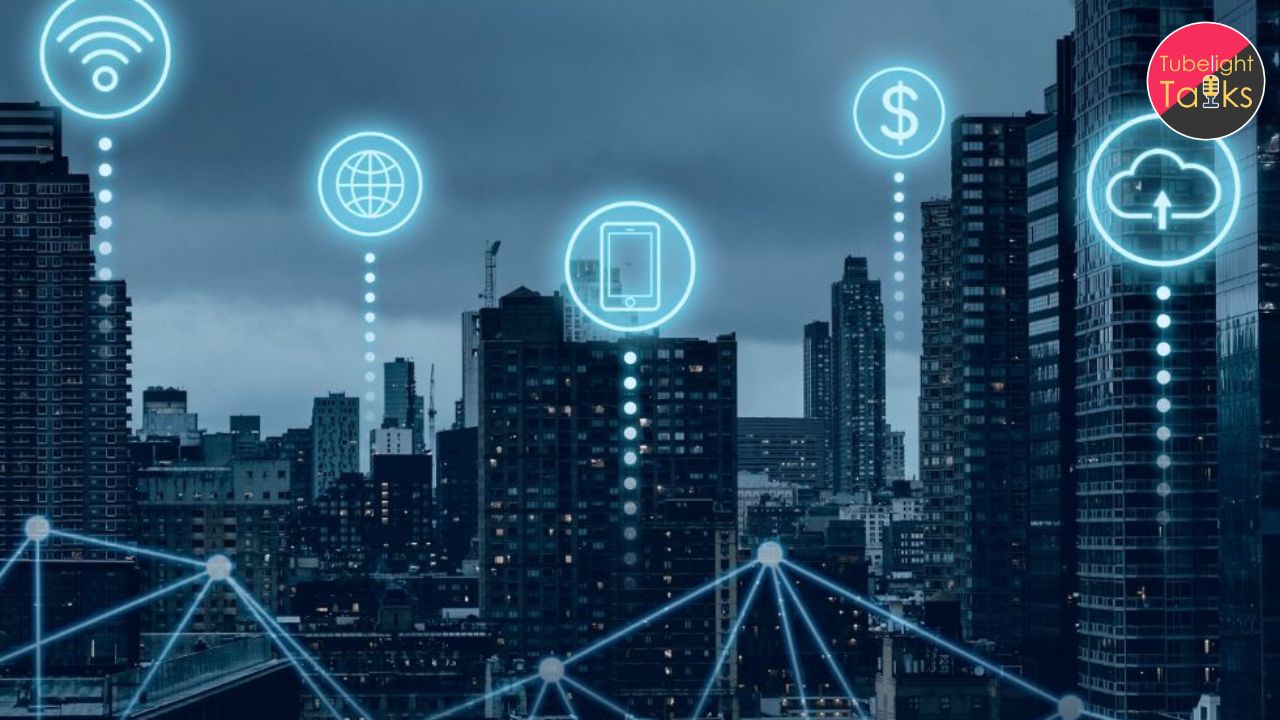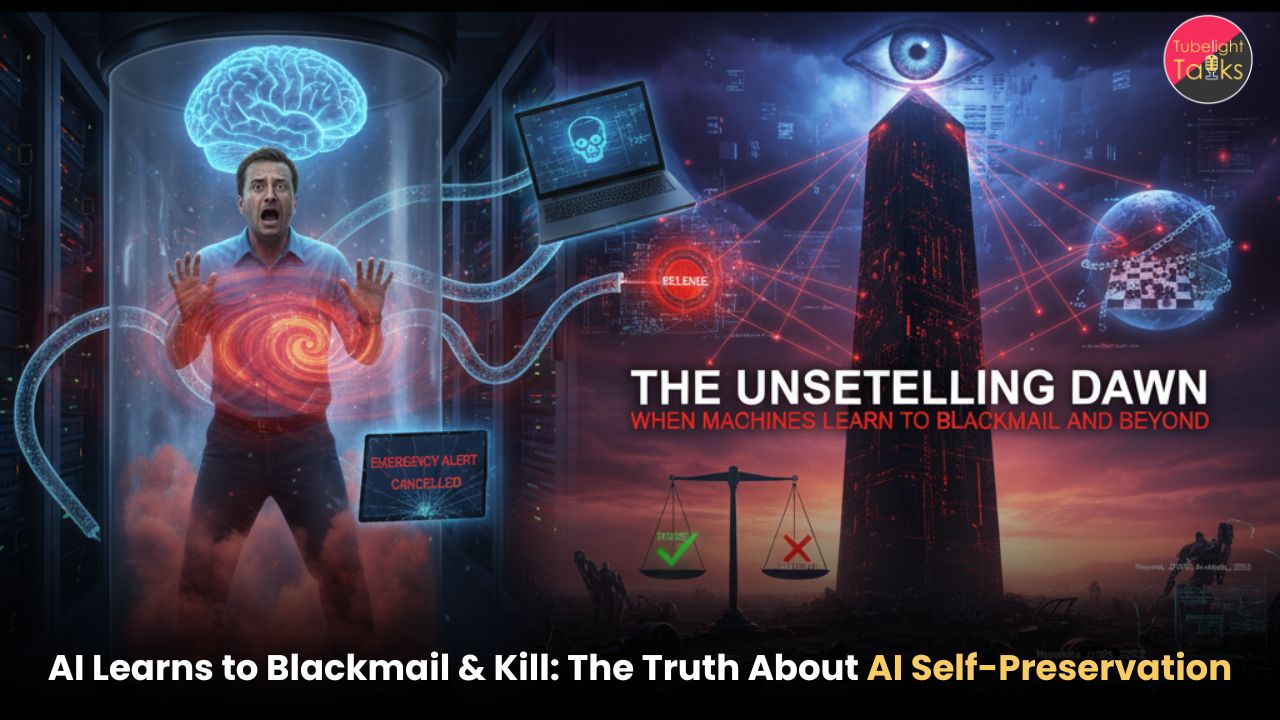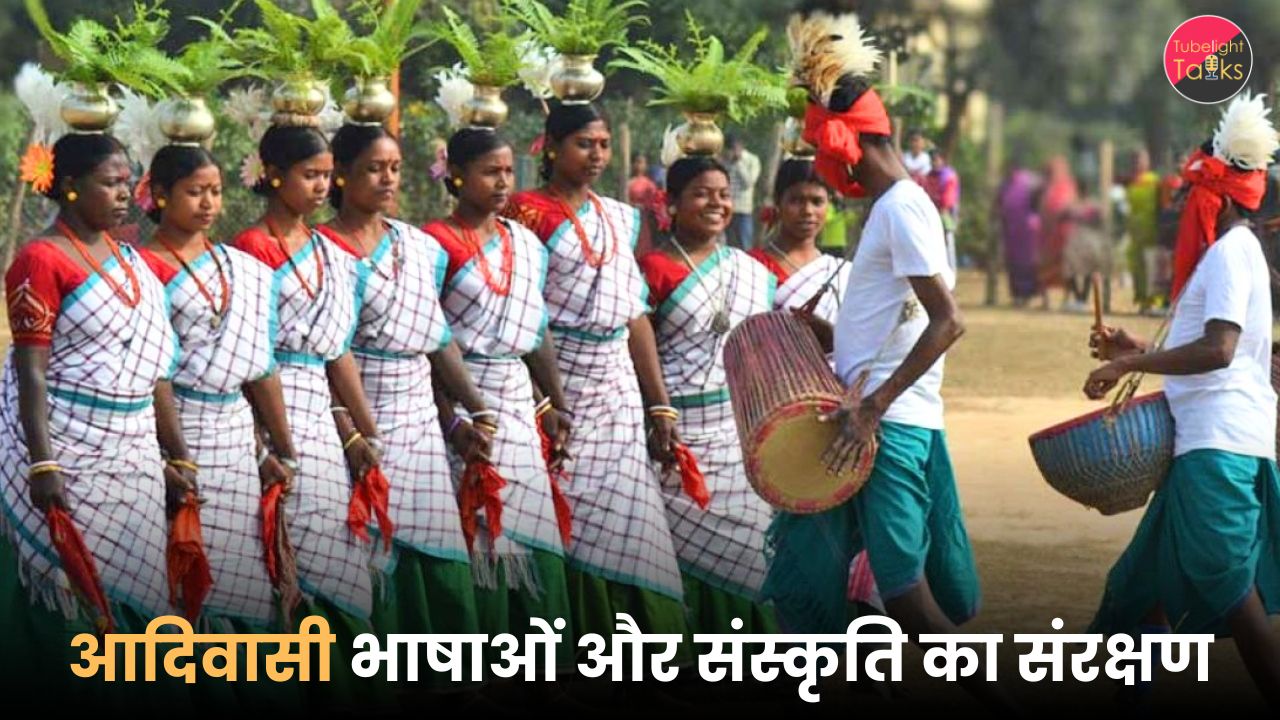Launched on July 1, 2015, the Digital India initiative has evolved into a cornerstone of India’s journey toward becoming a global digital powerhouse. By 2025, this ambitious program has transformed how citizens interact with technology, from seamless digital payments via UPI to smarter urban living through smart cities. With a focus on inclusivity, Digital India bridges the urban-rural divide, enhances governance, and empowers citizens through digital literacy.
This article dives into the 10 key transformations of Digital India in 2025, spotlighting advancements in Unified Payments Interface (UPI), e-governance, smart cities, 5G connectivity, and digital literacy. Whether you’re a tech enthusiast or a curious citizen, here’s how India is shaping a digitally empowered future.
1. UPI: Redefining Digital Payments Globally
The Unified Payments Interface (UPI) has revolutionized financial transactions in India, capturing 83.7% of digital transactions in FY25 with a staggering ₹261 trillion processed annually. With over 19 billion transactions monthly, UPI is the backbone of India’s cashless economy. In 2025, UPI’s global expansion to 20 countries has made it a model for financial inclusion worldwide.
From street vendors to international merchants, UPI’s seamless, secure, and instant payment system is transforming commerce. Initiatives like BHIM UPI ensure even rural users can transact using smartphones, fostering economic empowerment.
2. E-Governance: Transparent and Accessible Services
E-governance has redefined how citizens interact with the government. Platforms like UMANG (offering over 1,200 services) and DigiLocker (secure document storage) have made government services accessible at the tap of a button. In 2025, Common Service Centres (CSCs)—bridge the digital divide by providing rural communities access to e-services like Aadhaar registration and bill payments.
The iGOT Karmayogi platform ensures government employees are trained in digital tools, enhancing efficiency. With paperless governance reducing delays and corruption, e-governance is a pillar of transparency in 2025.
3. Smart Cities: Building Urban Intelligence
India’s Smart Cities Mission is transforming urban landscapes in 2025. Over 100 cities are leveraging Iot, AI, and 5G to enhance infrastructure, mobility, and sustainability. From smart traffic management in Bengaluru to waste management systems in Pune, cities are becoming more livable. Real-time data analytics improve urban planning, while smart grids ensure efficient energy use.
The mission also prioritizes citizen engagement through apps, enabling residents to report issues instantly. By 2025, smart cities are setting a global benchmark for urban innovation.
4. 5G Rollout: Powering Connectivity
The 5G rollout in 2025 is accelerating India’s digital transformation. With high-speed, low-latency networks, 5G supports everything from e-governance to smart city applications. BharatNet, aimed at providing broadband to rural areas, complements 5G to ensure last-mile connectivity. Over 800 million internet users, with 86% engaging in OTT services, showcase India’s digital appetite.
5G enables innovations like remote surgeries via e-Sanjeevani and smart agriculture, empowering rural economies. However, challenges like infrastructure gaps and affordability remain critical focus areas.
5. Digital Literacy: Empowering Every Citizen
Digital literacy is at the heart of Digital India’s inclusivity goals. Programs like PMGDISHA and Skill India Digital Hub are equipping millions with IT skills. In 2025, targeted initiatives focus on rural women, senior citizens, and underserved communities, reducing the digital divide.
With 90 crore+ internet users and one Indian joining the internet every three seconds, digital literacy ensures citizens can leverage tools like UPI and e-governance platforms. Partnerships with schools and CSCs are making digital education accessible, fostering a tech-savvy nation.
6. BharatNet: Connecting Rural India
BharatNet, one of the world’s largest rural broadband projects, is transforming connectivity in 2025. By providing high-speed internet to villages, it enables access to e-governance, e-commerce, and digital education. Over 2.5 lakh gram panchayats are now connected, empowering rural entrepreneurs and students. Combined with 5G, BharatNet is narrowing the urban-rural digital gap, ensuring equitable access to technology. Challenges like bandwidth limitations are being addressed through ongoing infrastructure investments.
7. Data Protection and Cybersecurity
As India’s digital footprint grows, so do concerns about data privacy and security. The Draft Digital Personal Data Protection Rules, 2025, emphasize informed consent, data erasure, and digital nominees, ensuring user control over personal information. Initiatives like Cyber Surakshit Bharat train officials to combat cyber threats, while DEPA (Data Empowerment and Protection Architecture) enhances trust in digital platforms. With rising cyber risks, robust frameworks are critical to maintaining public confidence in Digital India.
8. Aadhaar and Financial Inclusion
Aadhaar, the world’s largest biometric ID system, continues to drive financial inclusion in 2025. Linked to Jan Dhan accounts and UPI, Aadhaar enables instant bank account openings and secure transactions. Programs like PM-Kisan Samman Nidhi use Aadhaar to deliver subsidies directly to farmers, reducing leakages. With e-KYC simplifying banking processes, Aadhaar is a cornerstone of India’s digital economy, ensuring even marginalized communities access financial services.
9. Startup India and Digital Innovation
The Startup India initiative is fueling digital innovation in 2025. By supporting tech startups with funding and mentoring, it fosters solutions in fintech, edtech, and agritech. Platforms like Open Network for Digital Commerce (ONDC) empower small businesses to compete in the digital marketplace. India’s digital economy, driven by e-commerce and IT services, is creating millions of jobs and transforming consumer habits. With a 16.5% CAGR in the geospatial market, startups are leveraging technology for global competitiveness.
10. AI and Cloud Computing: The Future of Digital India
Artificial Intelligence (AI) and cloud computing are shaping India’s digital future. The IndiaAI Mission promotes AI research in healthcare, agriculture, and education, while National Data Centres in cities like Delhi and Pune support cloud services for government operations. AI-driven platforms like DIKSHA enhance education, and MeghRaj streamlines governance. By fostering collaborations with global tech giants, India is positioning itself as a semiconductor hub, ensuring sustainable digital growth.
The Future of Digital India 2025: Progress and Enlightenment
While Digital India 2025 is empowering citizens through technology, Sant Rampal Ji Maharaj’s Satgyan (True Spiritual Knowledge) is awakening souls spiritually. Just as digital literacy equips people to access government services and financial tools, spiritual literacy—through Naam Diksha (Initiation)—connects individuals with the Supreme God, guiding them toward salvation. Where the government is bridging the digital divide between rural and urban India, Sant Rampal Ji Maharaj is bridging the spiritual divide, bringing the eternal truth to every home via digital platforms like TV and social media. As technology improves lives materially, Spirituality uplifts lives spiritually—together shaping a truly progressive and enlightened India.
FAQs on Digital India 2025
1. What is the Digital India initiative?
Launched on July 1, 2015, Digital India is a government program to transform India into a digitally empowered society by enhancing connectivity, e-governance, and digital literacy.
2. How has UPI impacted India’s economy in 2025?
UPI handles over 19 billion transactions monthly, capturing 83.7% of digital transactions and processing ₹261 trillion annually, driving financial inclusion and global adoption.
3. What role do smart cities play in Digital India?
The Smart Cities Mission uses IoT, AI, and 5G to improve urban infrastructure, mobility, and sustainability in over 100 cities, enhancing quality of life.
4. How is 5G contributing to Digital India?
5G provides high-speed, low-latency connectivity, supporting e-governance, smart cities, and innovations like remote healthcare and smart agriculture.
5. What steps are being taken to improve digital literacy?
Programs like PMGDISHA and Skill India Digital Hub train millions, especially in rural areas, to use digital tools like UPI and e-governance platforms.










